Melodic Dividends
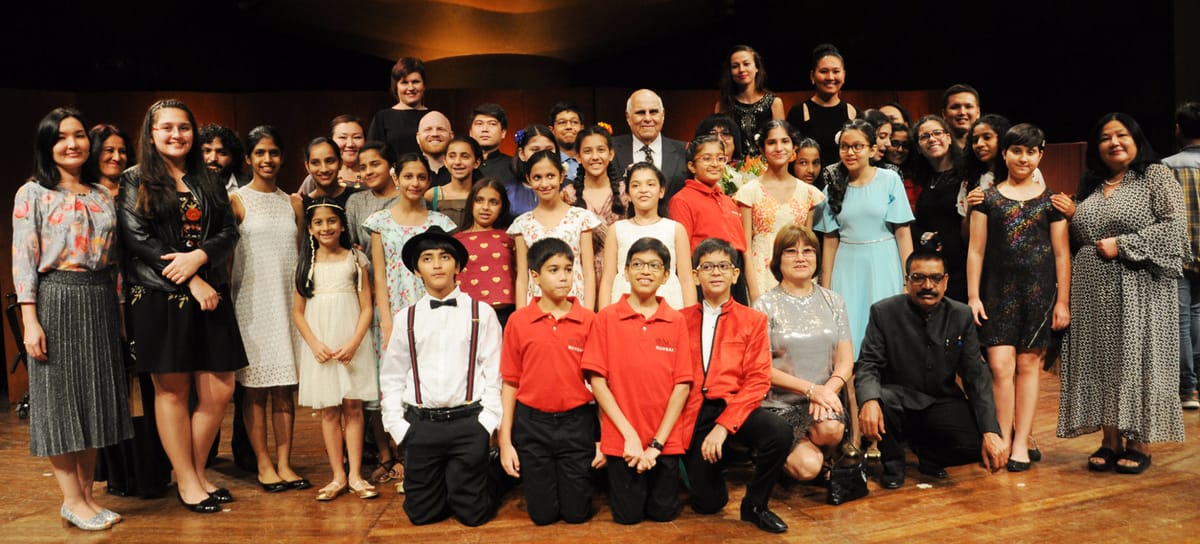
With its young players blossoming and winning regularly in international competitions, the SOI Music Academy is on a steady path to fulfil its raison d’être—to give India its very own Western classical music ensemble on a par with European ensembles. The brilliant performance of the students in the Newport Virtuosi International Online Music Competition is the latest affirmation of the strides being made. By Snigdha Hasan
Over 15 years ago, when the long-cherished dream of forming India’s first professional orchestra was taking shape at the NCPA, Chairman Mr. Khushroo N. Suntook had a pertinent question to ask Marat Bisengaliev. “What about the inclusion of Indian musicians in the orchestra?” “If they pass my test,” replied the violin virtuoso with whom Mr. Suntook co-founded the Symphony Orchestra of India (SOI). Several auditions yielded a handful of local players who could meet the standards Bisengaliev had set for the SOI. Even as the orchestra flourished, the limited Indian presence in it continued to gnaw at the co-founders until they found a solution that sought to not just eventually resolve the said problem but enrich the Western classical music tradition in India.
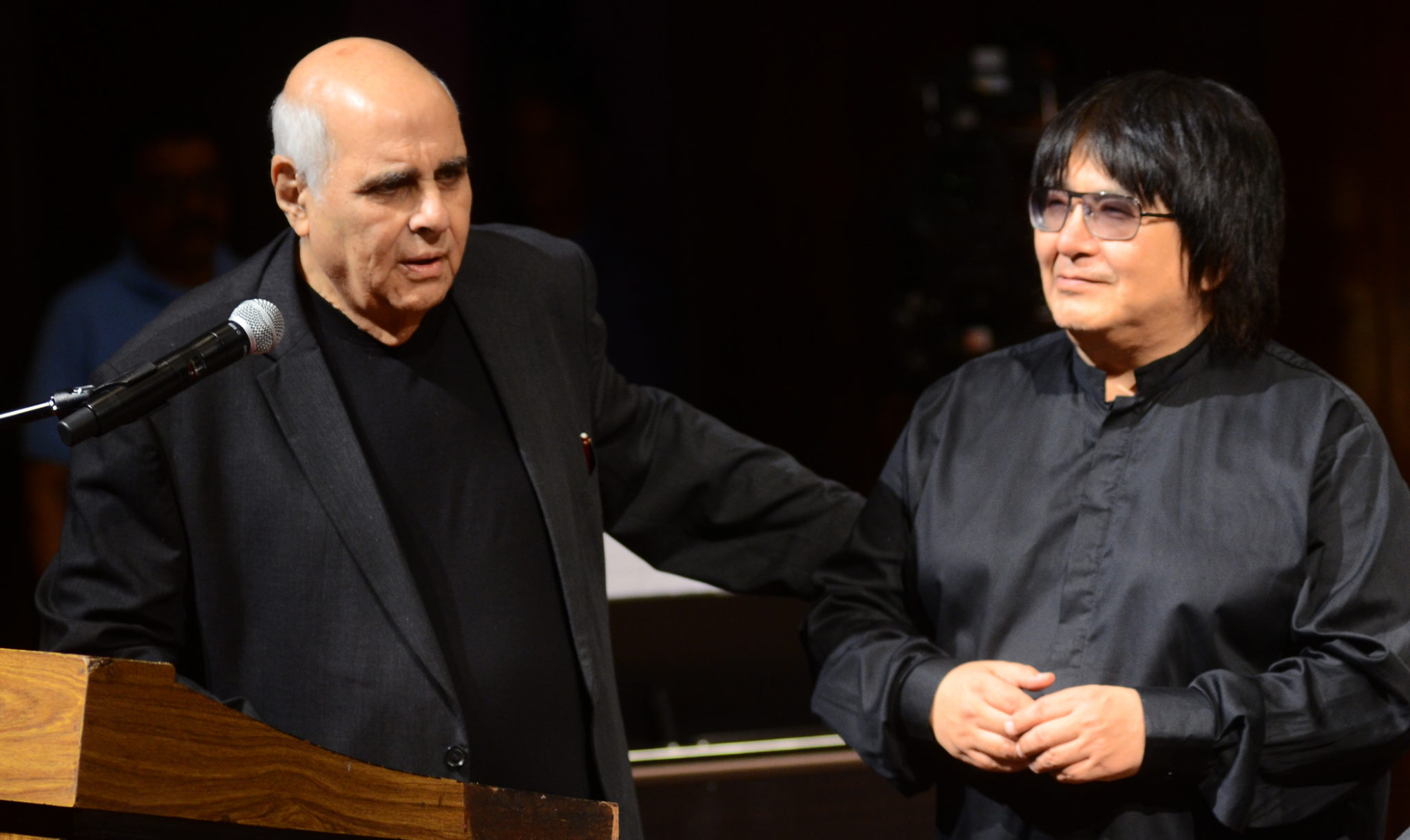
Intense work began in the direction and the SOI Music Academy was established in 2012 to nurture young talent in classical music through the stringent and universally recognised Russian Conservatoire method, with musicians from the orchestra, themselves trained in the method, imparting the education. “We wanted to develop a system that would utilise the fine talent and high calibre of our orchestral players so students played and learnt under the best,” elaborates Mr. Suntook, providing an interesting analogy for the multiple nationalities that make up the SOI and therefore, the teaching fraternity at the academy. “It is like the IPL. Once the teams were mixed up with players from around the world, we did brilliantly. We don’t know who learnt from whom. Our young players too are blossoming, playing at a high level, even along with the SOI on certain occasions. When they participate in competitions, they emerge encrusted with high honours. This is a tribute to our teachers.”
Result-oriented education
Continuing the sports analogy, Bisengaliev likens his work to that of a top football team coach. “All these years, my efforts have been concentrated on roping in high-quality orchestral players who also have a great talent for teaching. It is a challenge, of course, but perfecting the team is an endless process,” he avers before moving on to expatiate on the holistic music education that the students receive. “The Russian Conservatoire method was founded in the 19th century in St Petersburg and has been the academic tradition in many reputed institutions the world over. At the NCPA, the method goes hand in hand with the use of modern technology,” he says.
The secret of the success of the method, Bisengaliev adds, lies in the quality and frequency of lessons. “The system does not treat music education as commerce. It does not differentiate among teachers on the basis of the number of students under their tutelage. At the academy, too, my focus has been on quality, ensuring that each teacher has no more than five students under him/her so that sufficient time can be devoted to every individual. It is wonderful that Khushroo allows us this luxury. Under such a conducive environment, the system always delivers results.”
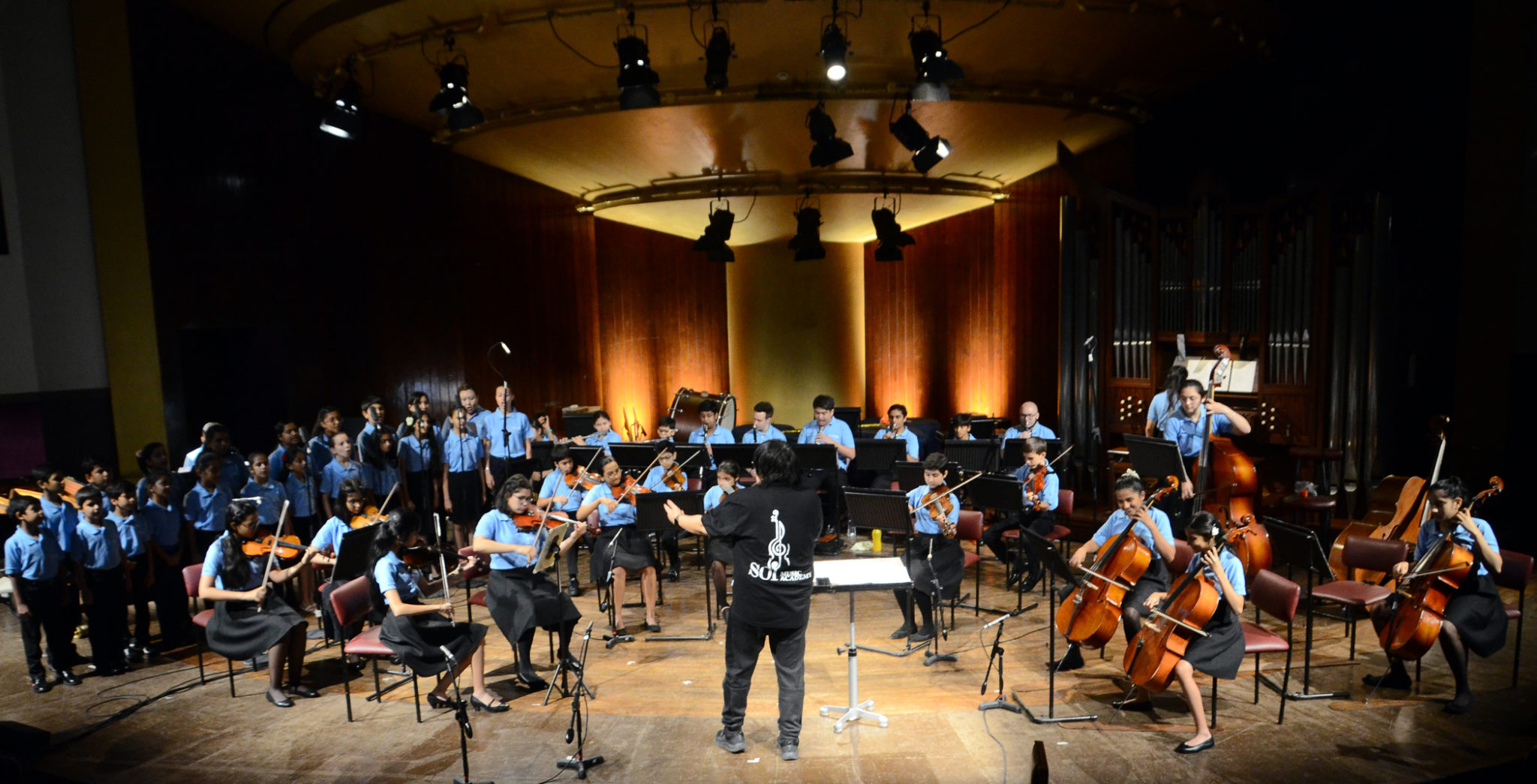
The numerous awards the students of the SOI Music Academy have consistently won in international competitions they are encouraged to participate in are a testament to the work that goes into this advanced level of music training, previously not available in India. The latest feather in the cap is their laudable performance in the Newport Virtuosi International Online Music Competition, where the students placed in practically every category they participated in. “Our efforts are being vindicated,” says Bisengaliev. “This is only the very beginning.”
Pillars of the academy
Serious music education begins early and on most afternoons, young children who come to the NCPA after school can be seen scurrying across the premises in uniform with their instruments in tow. Rigorous lessons at the academy include substantial one-to-one tuition on the student’s primary instrument as well as second-study piano lessons, music history, music theory, group-singing teaching via the Solfeggio method, training in orchestral playing and chamber music.
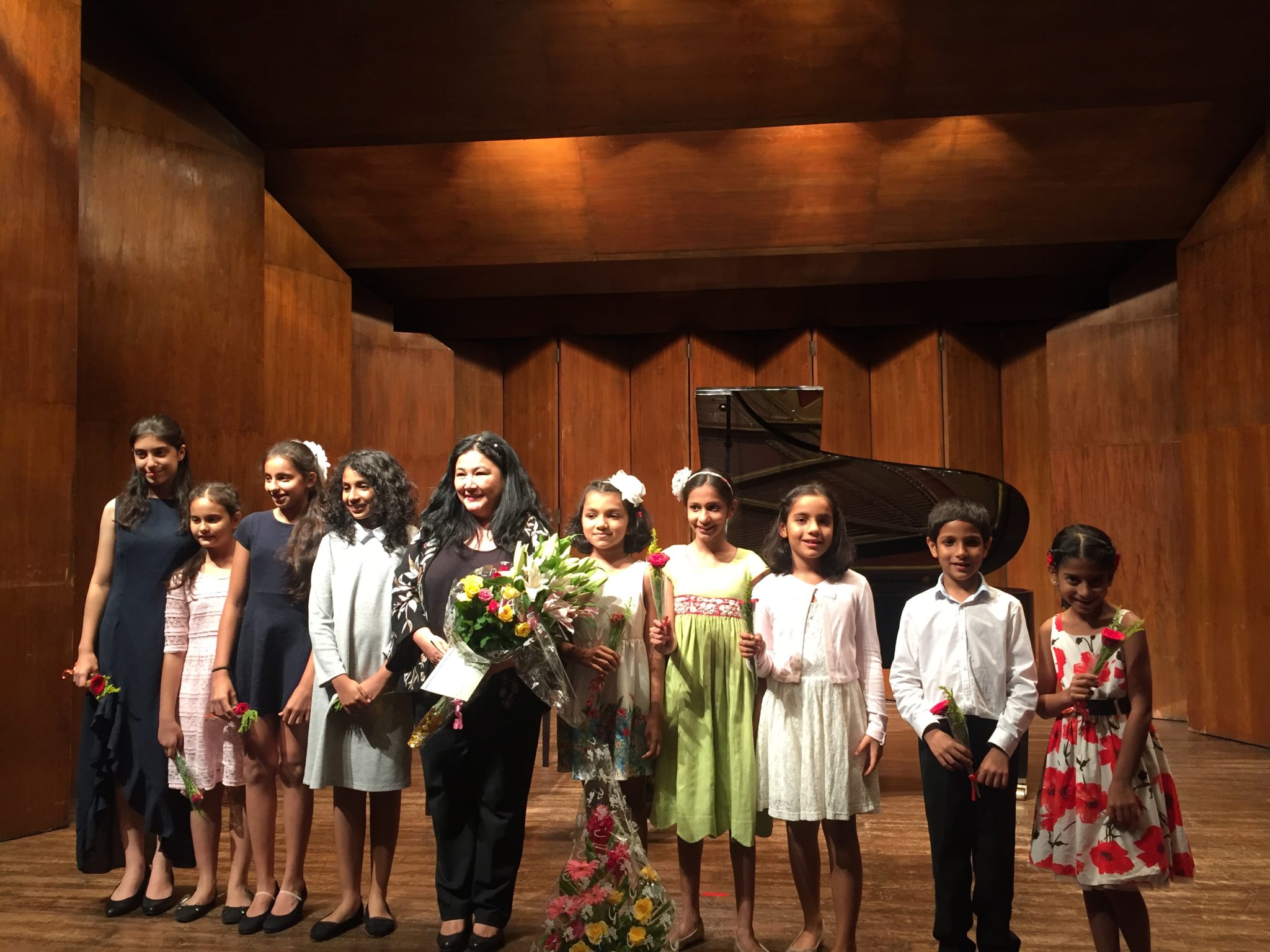
Attention to the individual that Bisengaliev speaks of reflects in the way teachers adapt their lessons to suit the students’ needs. “Nyla has been studying with me for the last seven years. When she first came, and for some years after that as well, she was physically small-built and so I had to prepare a slightly different, but by no means an easier, repertoire to suit her hands. Of late however, she is growing well and will make a name for herself in music,” says Aida Bisengalieva, pianist and teacher at the academy, about Nyla Bajaj who placed third in Category 3 in the competition.
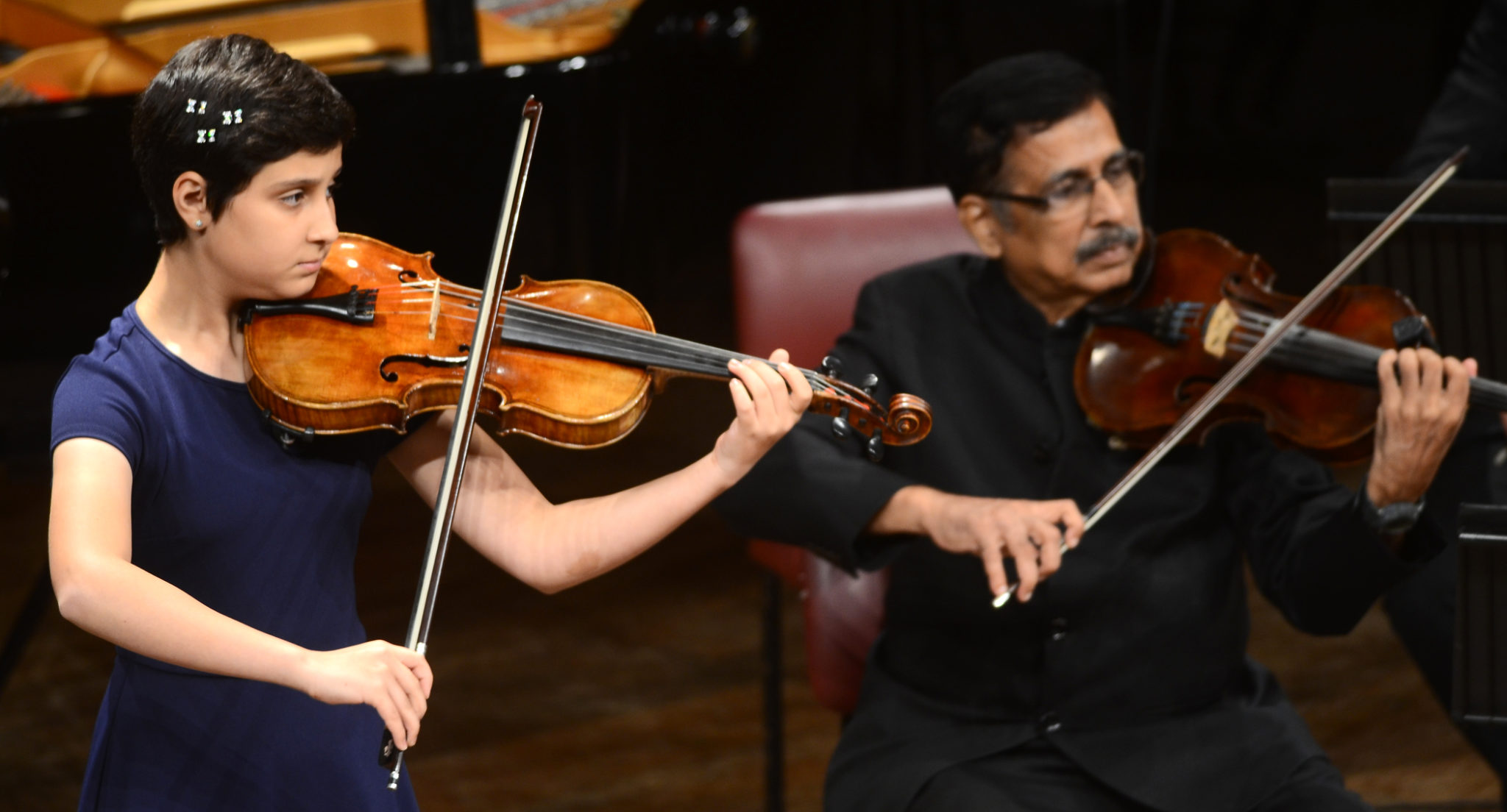
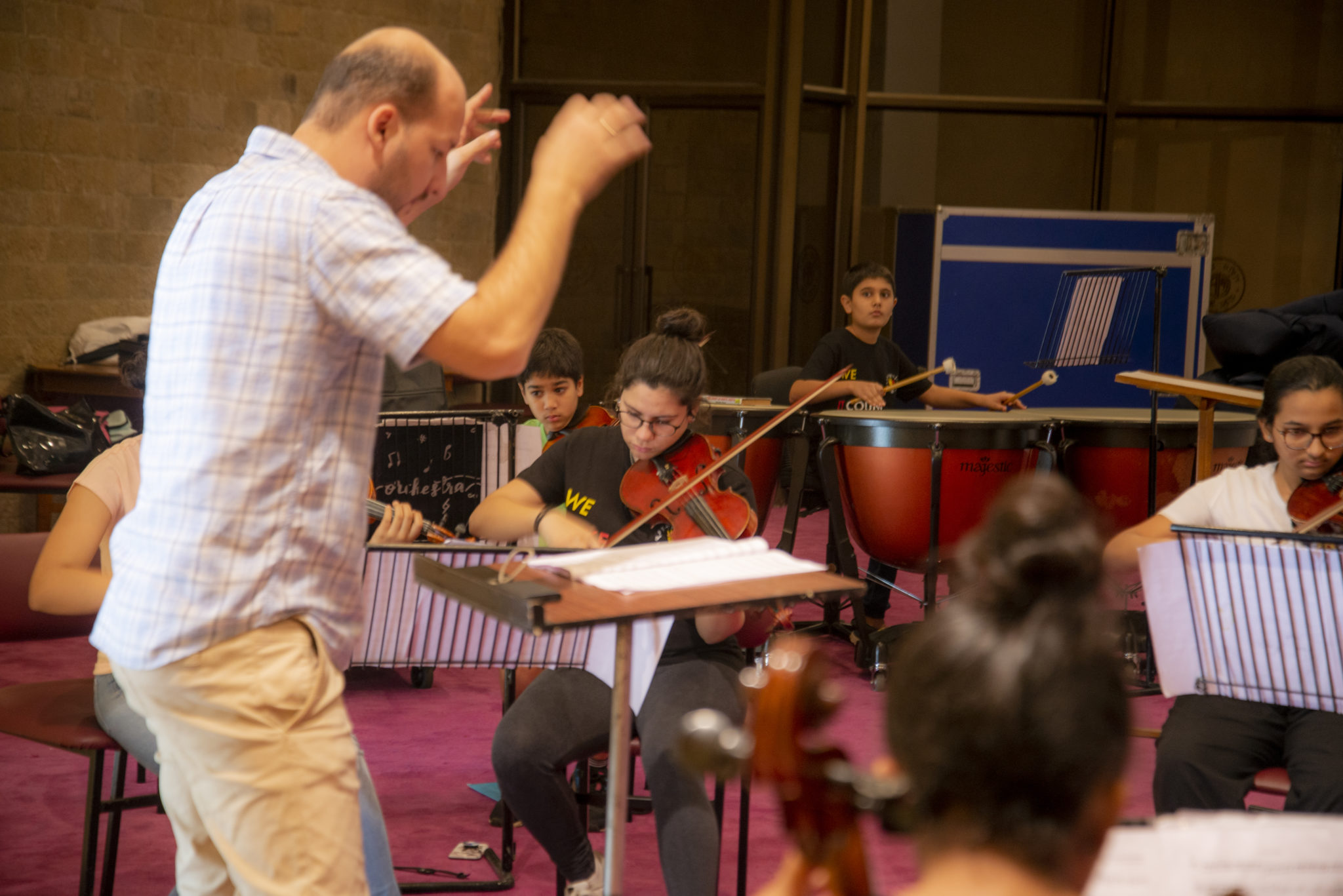
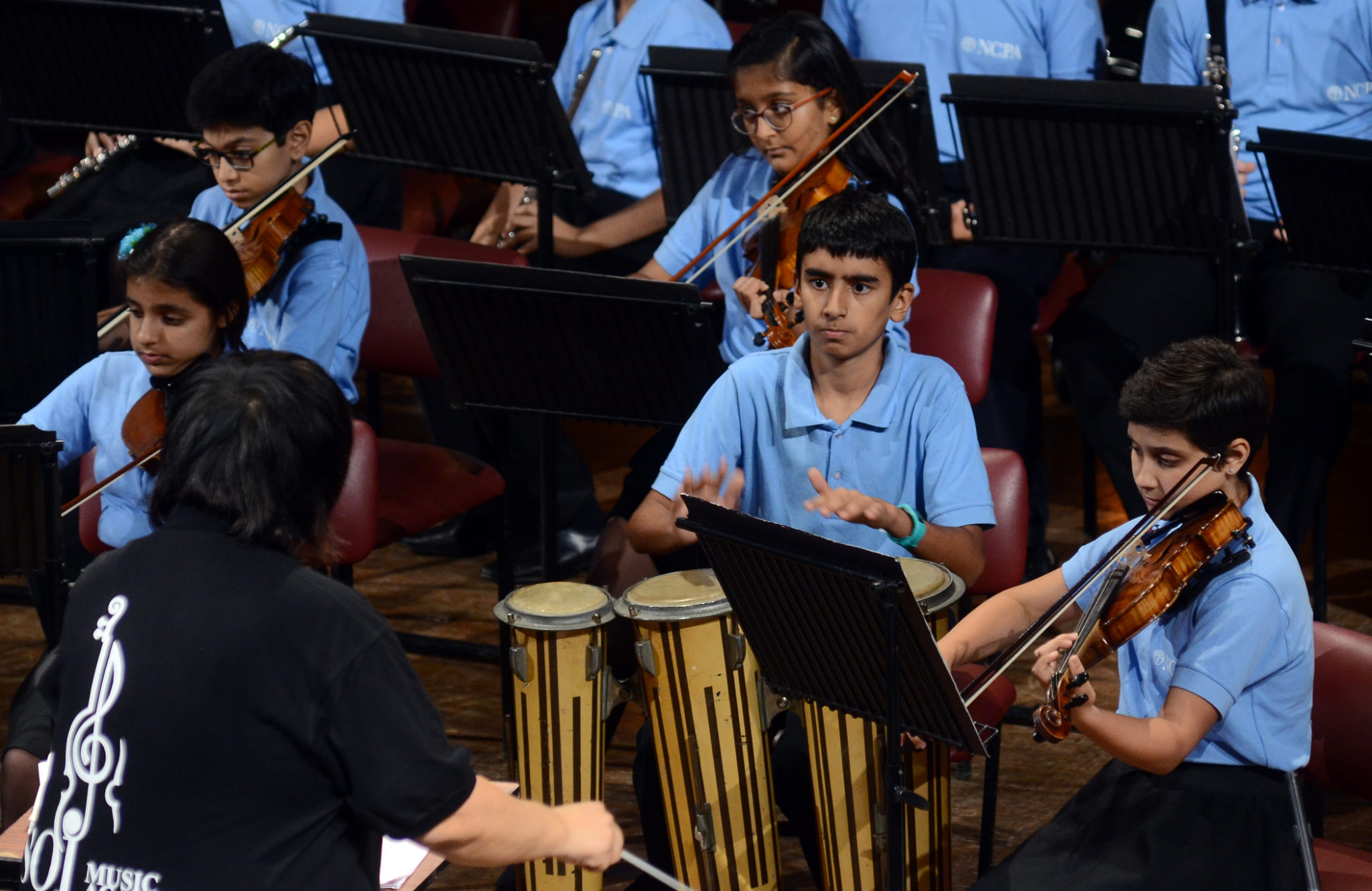
Another student who promises to make a name for herself is Aliza Jetha who won the first prize in her category in viola, earning accolades for her rendition of Hummel’s Fantasie for viola and Ravel’s Pavane. “She has been studying the viola at the academy since January 2014 and will graduate this year. A very hard-working student, music runs in her family. Her sister Samia has been a student of the piano at the academy,” says Osman Yarullin, viola player and teacher at the academy. Nysha Karnavat, who has been learning the violin under him, finished third in her category. “They are very talented and they are only growing from year to year,” Yarullin speaks fondly of the students.
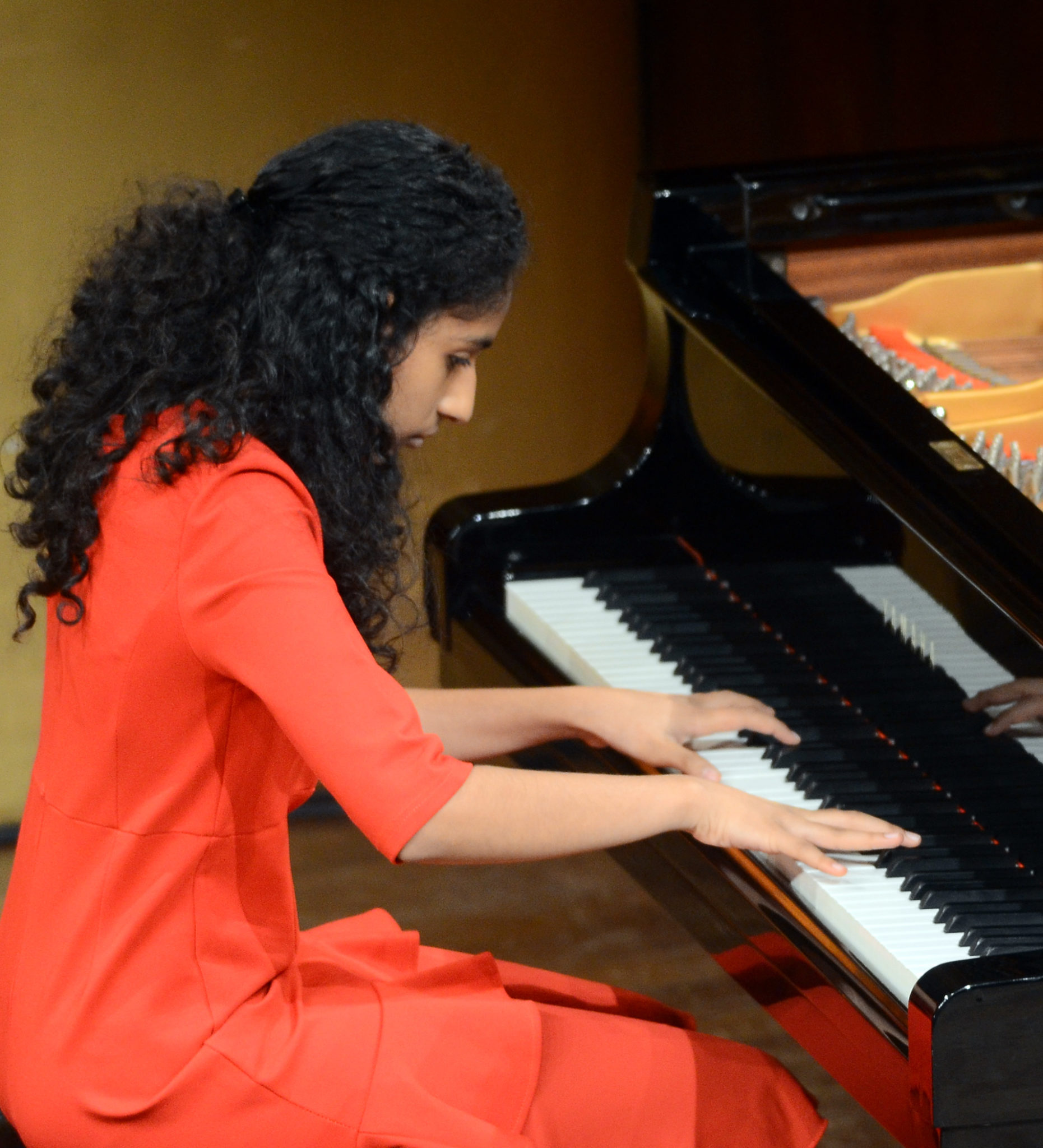
While children between the ages of six and twelve can apply to the academy, Bisengalieva points out a worthy exception. “Tanvi came to me four years ago at the age of 13. Her interest in joining us was kindled when she attended a concert by the students of our academy. Although she was older than the usual age of entry, we bent the rules after seeing the seriousness of purpose in her eyes and manner. I am happy to say that her improvement by leaps and bounds during these four years has justified our decision to accept her.” Tanvi Chakravarty finished third in Category 5 in the Newport competition and won the second prize in an important competition held last year in Dubai. Samvir Sujan, another of Bisengalieva’s pupils, has been studying with her for the last five years and has a “genuine feel for the piano”. He finished third in Category 3.
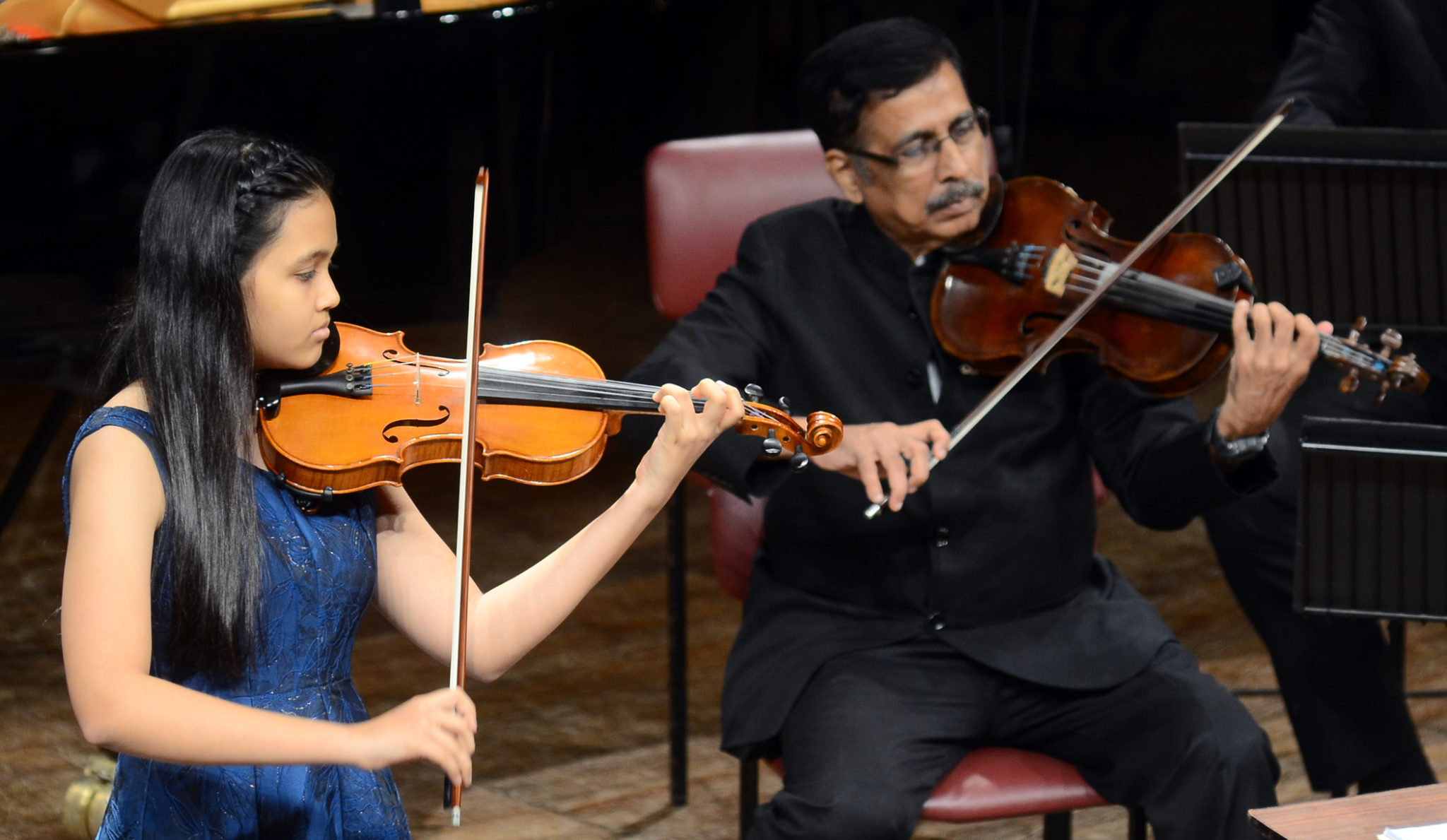
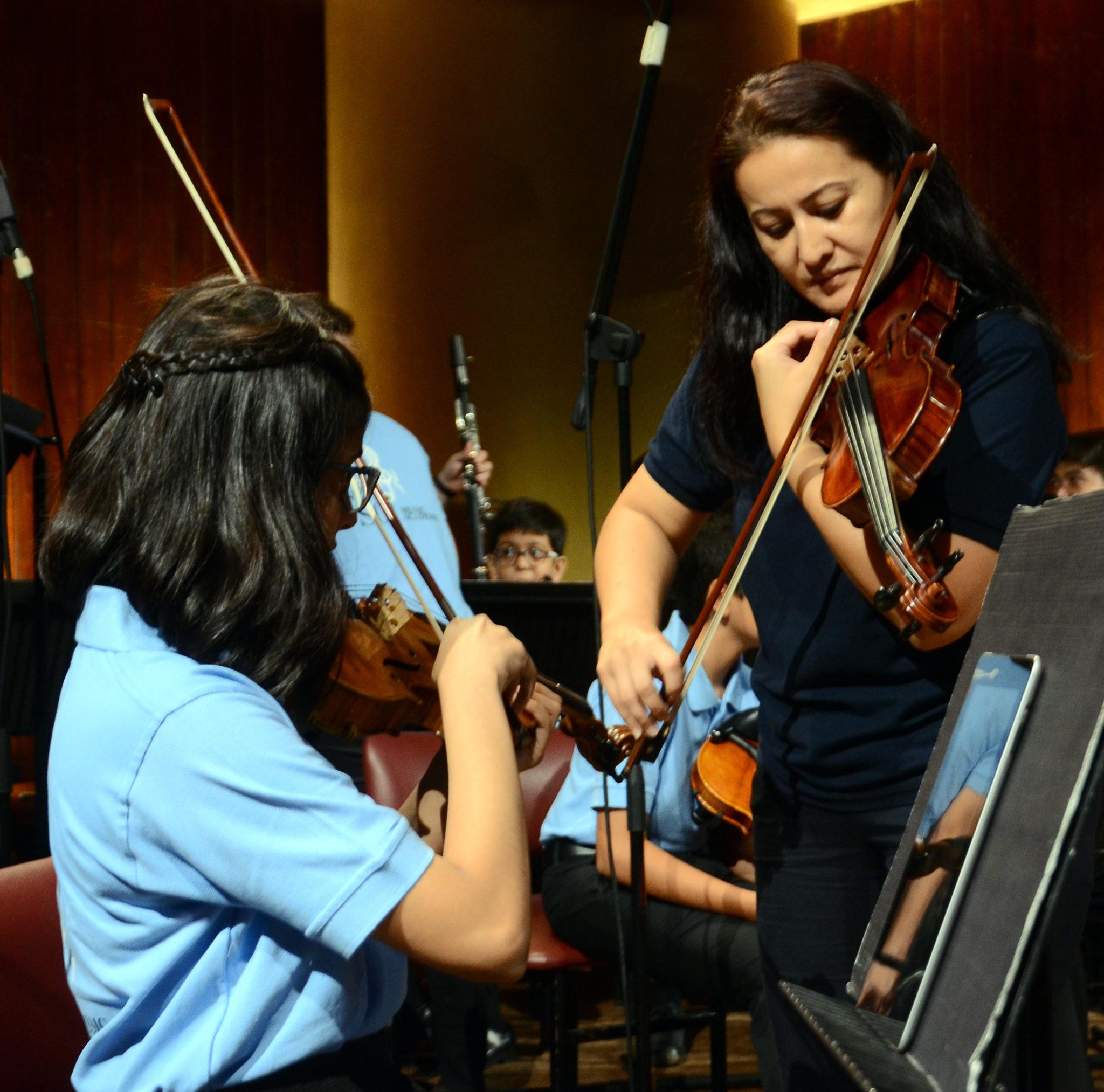
Violinist and teacher Gulzara Shakir recalls Sangeeta Jokhakar’s journey at the academy, who placed second in the competition. “She joined us after a gap following her training in the Suzuki method and was facing a challenge of stiff hands but she soon transformed into a leading student who amazes me with her fearlessness on stage.” Sumer Murthy’s progress at the academy and success in the competition—he finished second in his category for violin—is an example in what industriousness and discipline can yield. “Sumer has been with us since 2014 and will graduate this year. He never misses his classes, has an excellent memory, is very well organised and as a result, has progressed rapidly,” says Shakir.
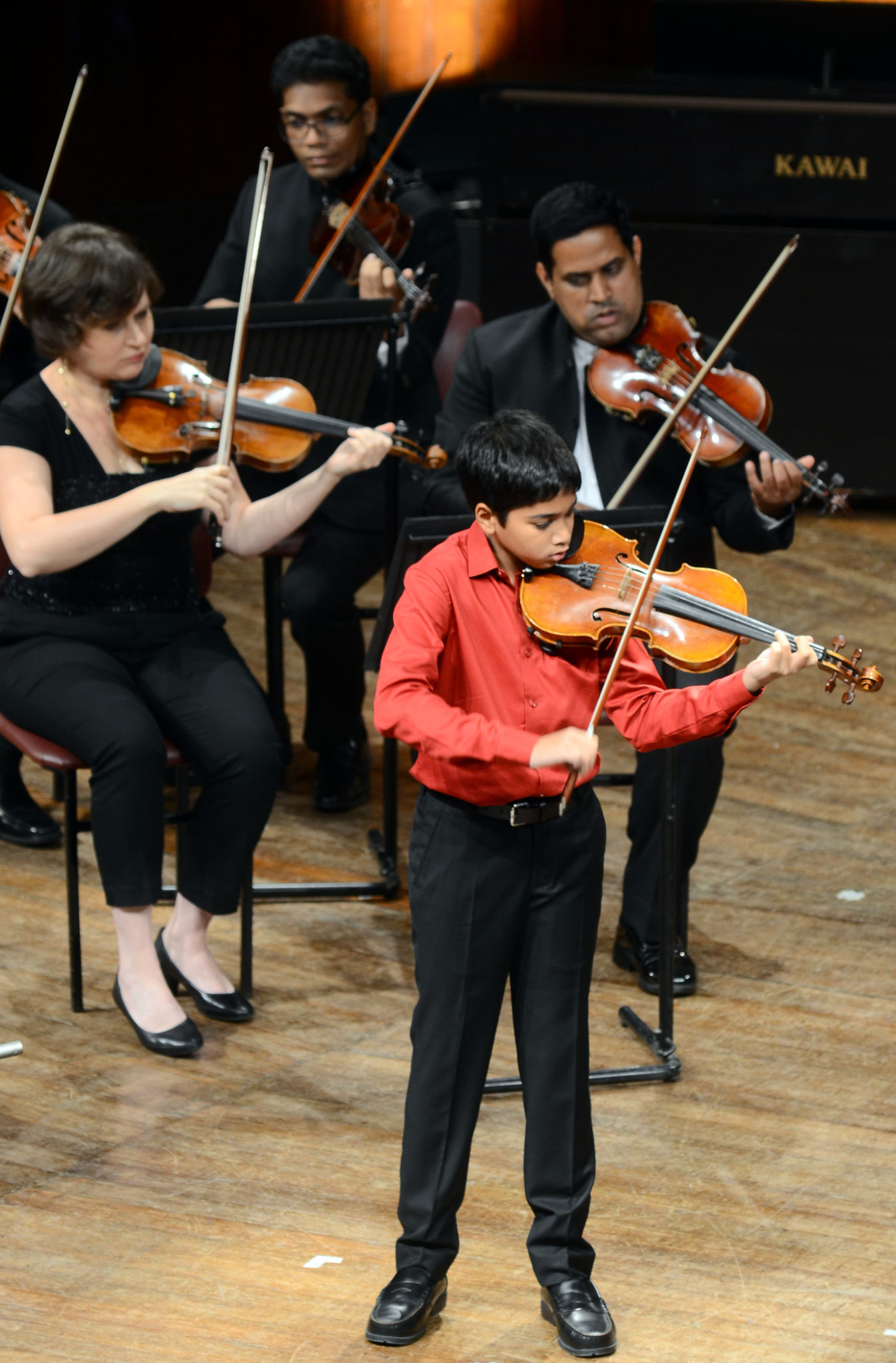
Nothing compares with tactile one-on-one teaching and coming together to rehearse and perform as the SOI Academy Orchestra, but the virtual lessons that the academy made a swift shift to early on during the lockdown have paved the way for inventive ways of teaching with no compromise on the number of lessons per week. In fact, if at all, the duration of classes has only increased, Bisengaliev observes.
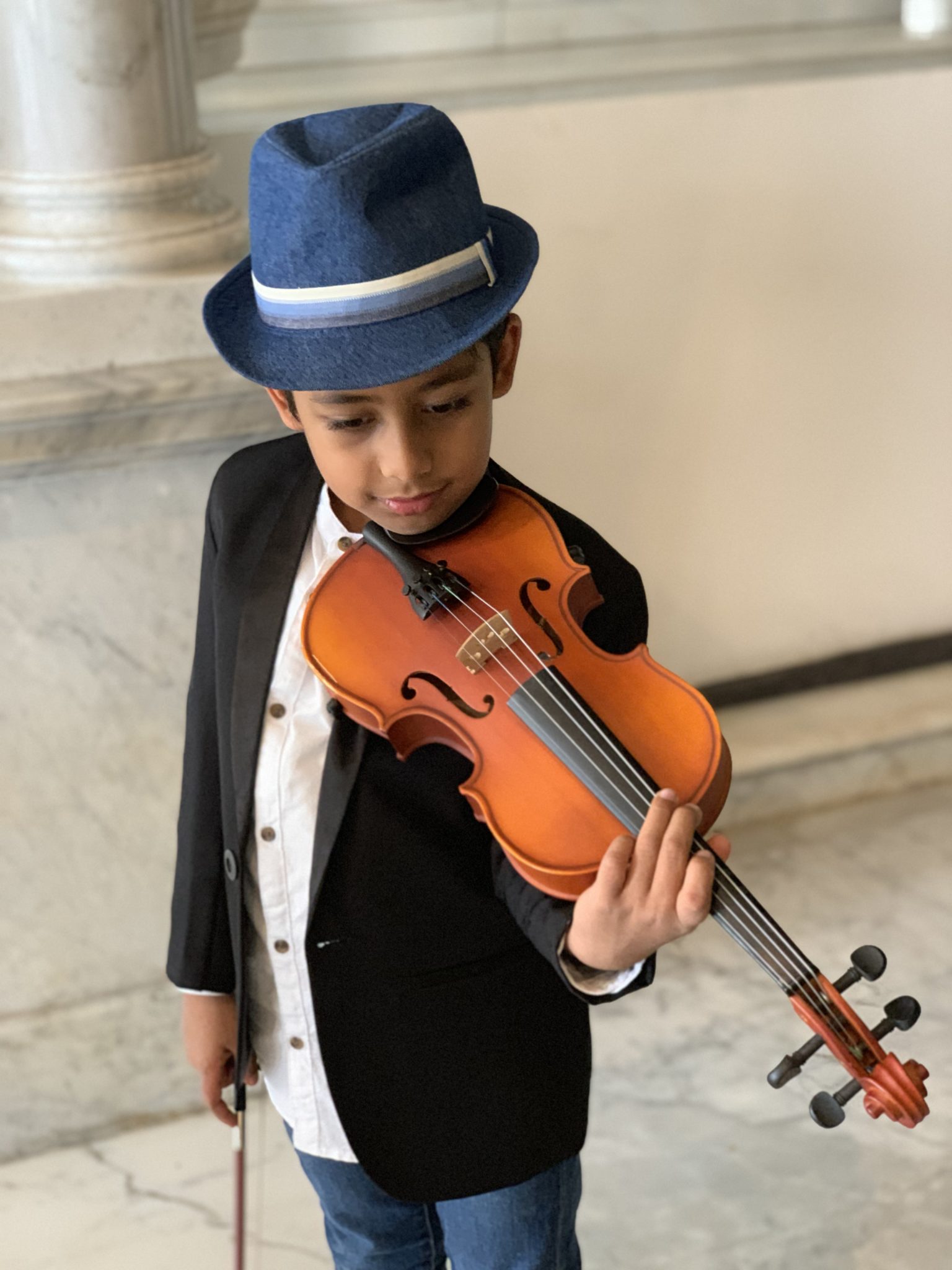
Vivaan Verma, one of Shakir’s younger students, found it easier to adapt to the virtual classroom. “He is a small boy, a beginner with no previous experience of participating in competitions. But his smooth transition to online learning played a role in his success in the competition where he won the second prize,” she points out.
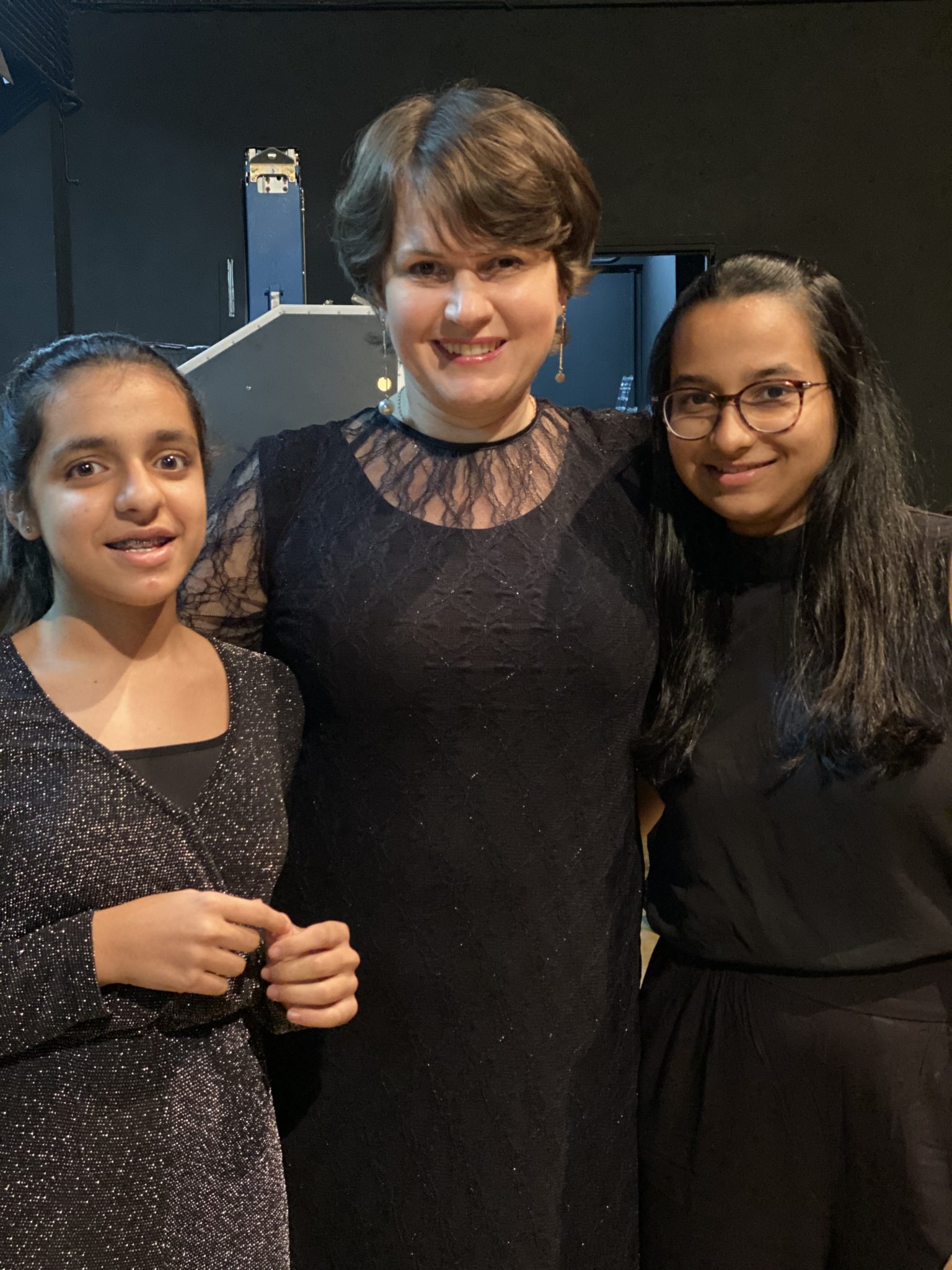
Olga Lyapina, violinist and teacher at the academy, cites another unforeseen advantage of online lessons. “Earlier, the students would have live piano as accompaniment during rehearsals. But with that not possible anymore, they play to piano recordings and for that they are learning to listen more carefully.” Lyapina’s students, Nyra Jain and Maira Noor Singh, whom she has taught as little kids and seen them blossom into budding violinists, placed second and third respectively in the competition.

Yulia Gallyamova has been teaching Naima Ramakrishnan to play the cello since she was seven and a half years old. Never one to shy away from putting in hours of practice, she won the second prize in the competition. Gallyamova enumerates another interesting advantage of the online set-up. “Because the students need to video-record themselves playing, Naima was able to see herself perform which provided an important perspective.”
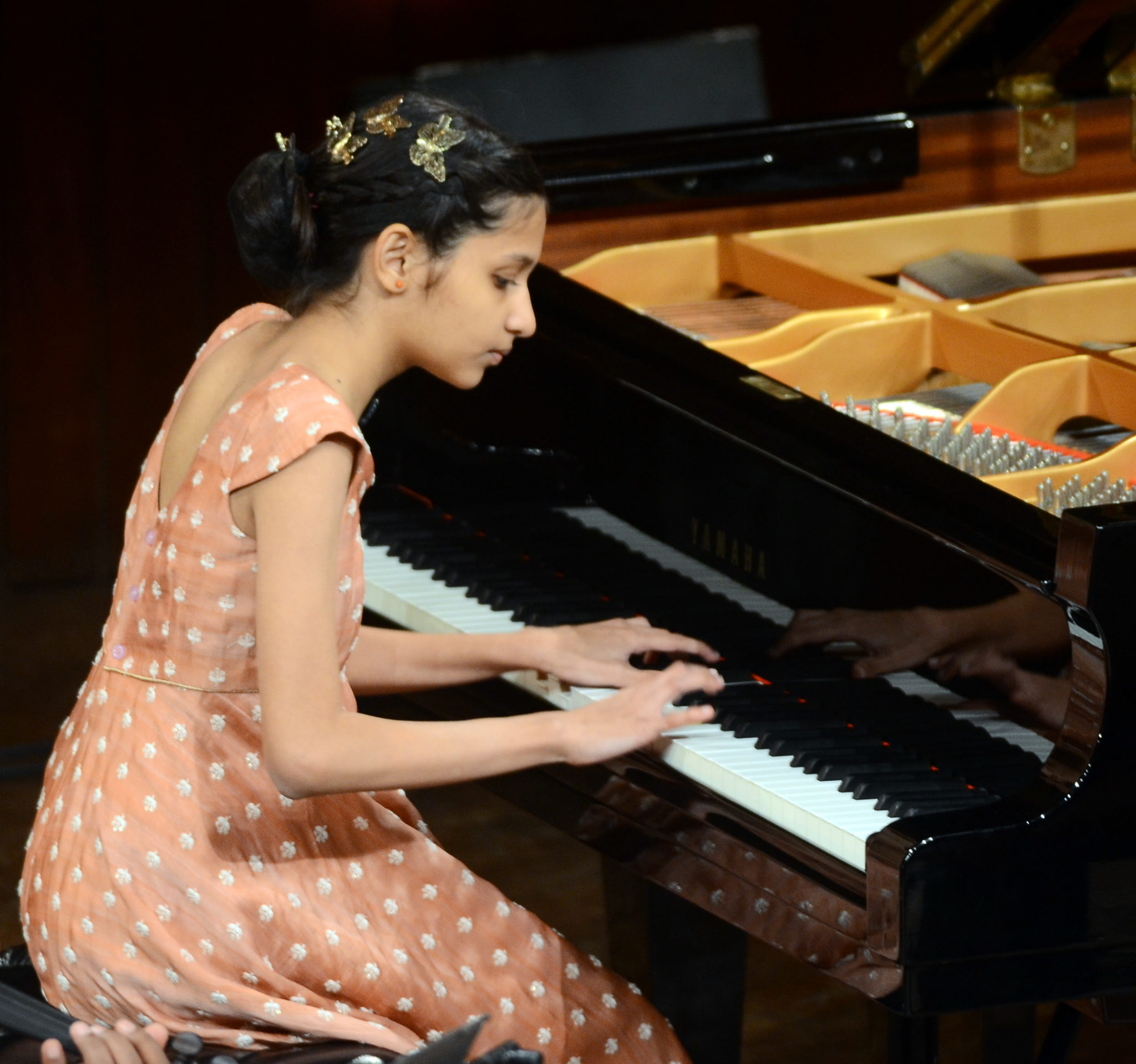
The video recording that both Gallyamova and Lyapina mention, and which may take hours, is often executed by parents who are an integral part of the learning process. Their support and understanding goes a long way in ensuring that children practise every day while juggling their schoolwork and that they are able to dedicate the kind of time the academy demands of the students. It is for this reason, explains Bisengaliev, that when children audition for the academy, the parents are interviewed as well. This sense of commitment can be witnessed during examinations at the academy when parents wait anxiously in the Little Theatre foyer as their budding musicians play “The Buccaneer” or Goltermann Capriccio. The family project that an education in music can be, unfolds through another interesting story at the academy. Naima’s twin sister Nisha is learning the piano while their older sister Aaliya is learning to play the violin. Nisha won the third prize in the competition.
The way forward
Success in competitions is only one example of the assiduity of all involved in the SOI Music Academy. “I am particularly proud of the students’ orchestra and the precision they have achieved,” says Bisengaliev. “It is gratifying to see their level of playing when they perform alongside the SOI,” Mr. Suntook concurs. Bisengaliev points out that the academy encourages a higher number of rehearsals than many other music schools. While most schools aim at nurturing soloists, the academy also looks at students from the point of view of an ensemble.
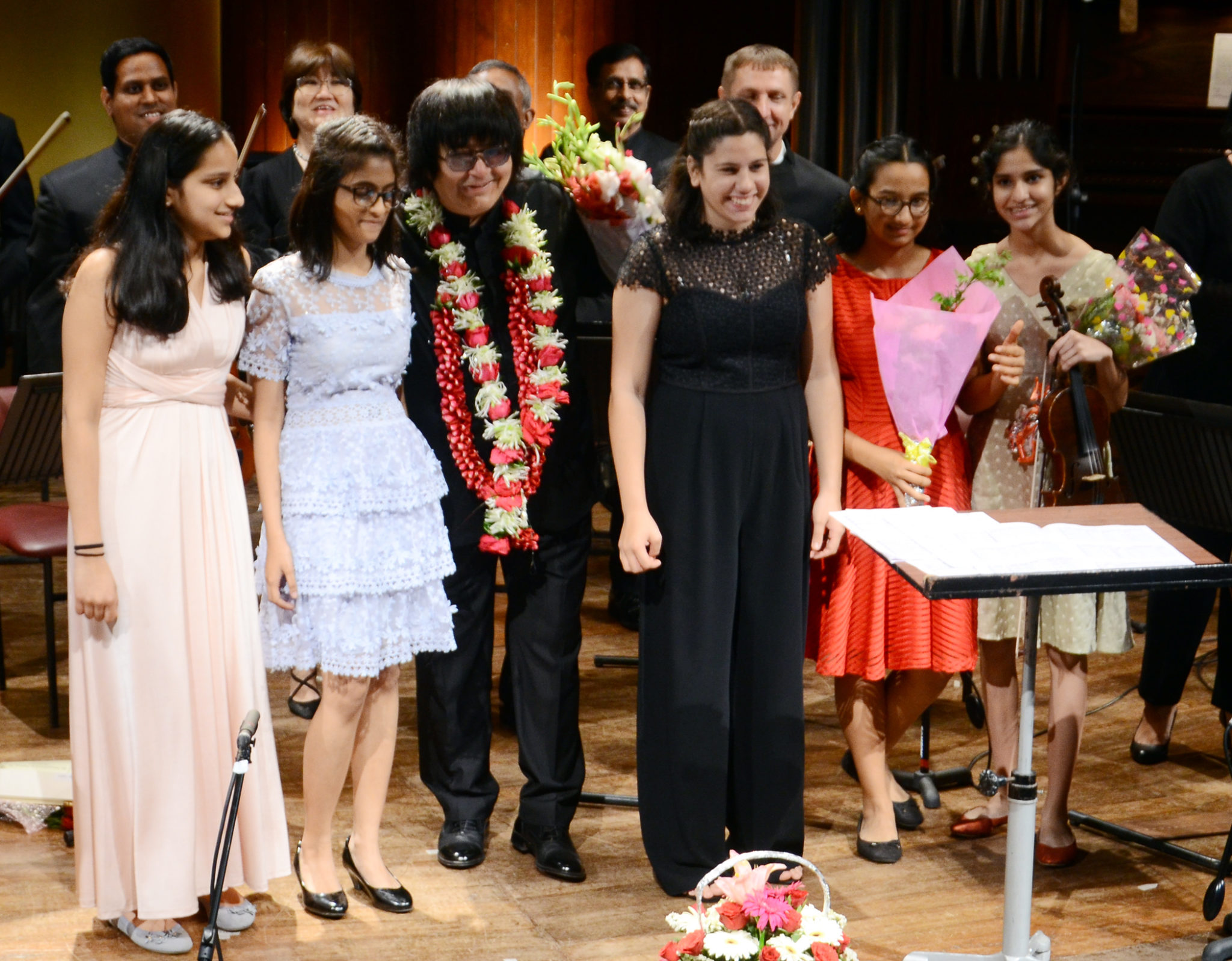
At the moment, it is not easy for the teachers to tell which of their students would forge a career in music. They, of course, have many more years of learning ahead of them and as Lyapina puts it, “This is a profession where you never stop practising.” But whether or not they choose to become professional musicians, one thing is certain. “They have a solid foundation on which they can build a career if they so wish, or teach, or even just pursue music as a hobby. It is also certain that music will enrich their lives emotionally and spiritually in ways that nothing else can,” says Bisengalieva. Gallyamova hopes the students join an orchestra and if they do, this is what she has to say as a cellist in the Symphony Orchestra of India. “There is never a dull moment in the life of an orchestral player, which involves meeting new musicians and playing under the baton of new conductors. I am really lucky to be able to do work that I love every day.”
Given the family-like atmosphere in which students learn, it is not that difficult to tell though that many of them are considering the prospects of being a part of the SOI, Bisengaliev mentions. “Our investment is paying off. At last, Mumbai will have an ensemble on a par with European ensembles,” says Mr. Suntook. Looking at the shape of things to come, the story of the formation of the Symphony Orchestra of India then would not just be that of it being India’s first professional orchestra but also one that created a system to hone young artistes and provide a platform to them, paving the way for nurturing the Western classical music tradition in India.
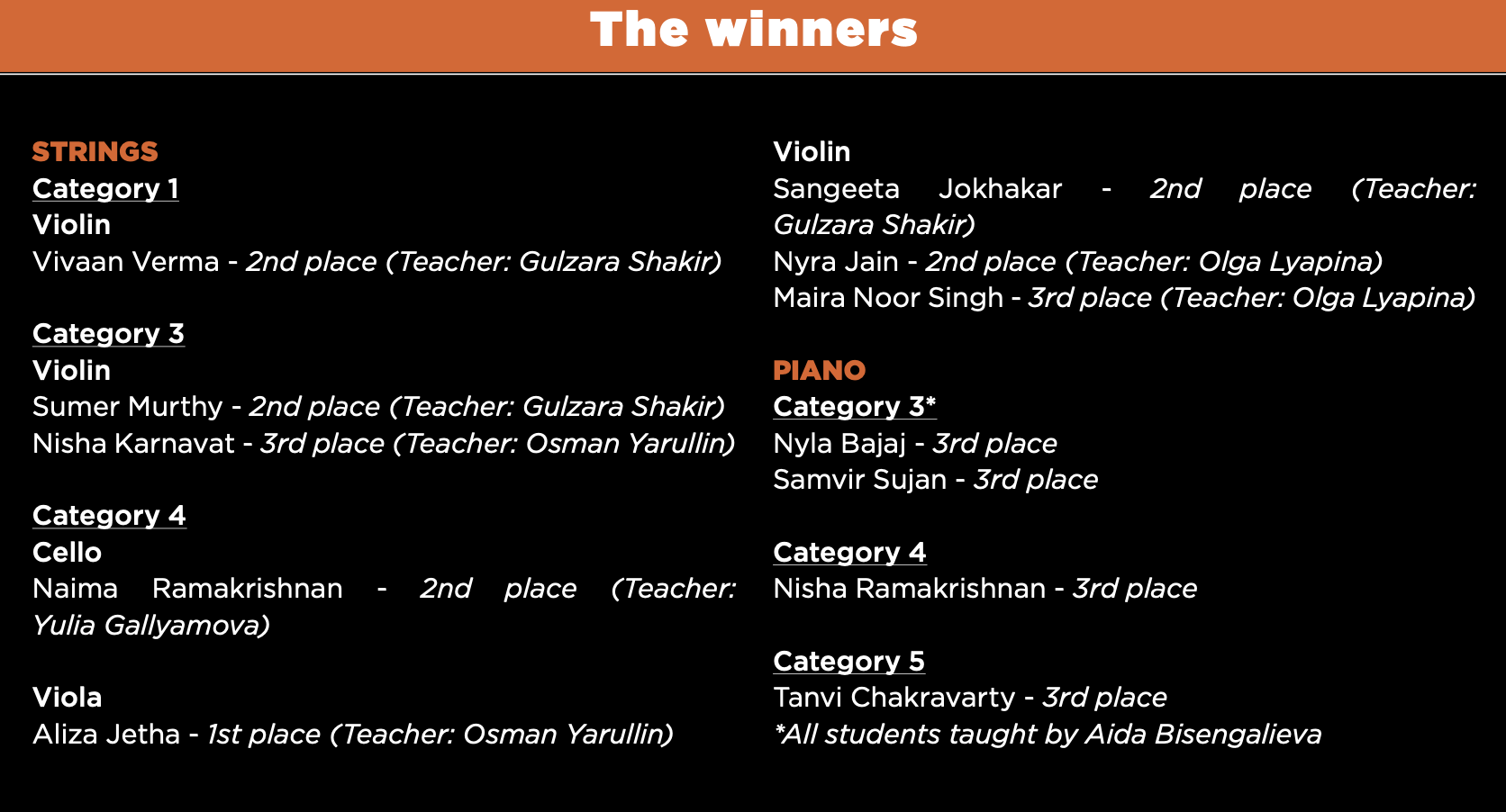
All Images © NCPA Mumbai
This piece was originally published by the National Centre for the Performing Arts, Mumbai, in the February 2021 issue of ON Stage – their monthly arts magazine.





